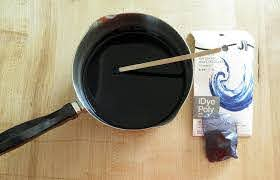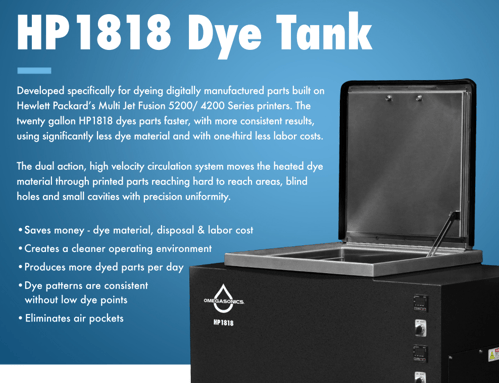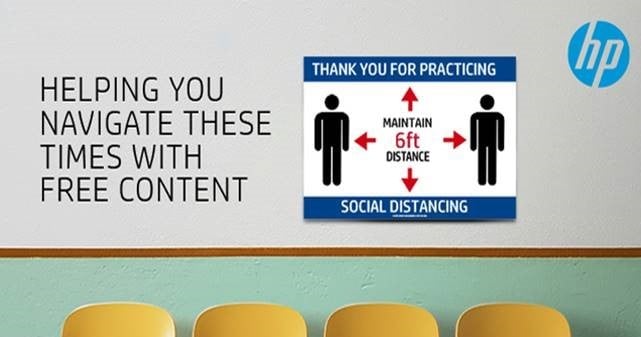That question came from Shane Jetton during a conversation—and it stuck with me. In an industry full of big promises and even bigger price tags, it's a fair question to ask. At M5D (formerly MasterGraphics), we've been deeply involved in metal additive manufacturing for years. And like many others in this space, we've made some expensive mistakes—investing in systems that didn't live up to the hype. So when One Click Metal approached us about becoming a reseller, our initial reaction was skepticism. Affordable DMLS printing with industrial-grade output? It sounded like another lofty promise. But after doing the research—speaking with other resellers, end users, and evaluating their product line—we decided to move forward.
One Year In: One of Our Best Decisions in Additive Manufacturing
Now, nearly a year later, we've installed over 10 One Click Metal systems across a range of customers—from small shops to enterprises. And we're confident in saying this was one of the two best AM decisions we've made in the last decade (the other being HP in 2017).
Here's why:
1. Simplified & Safer Powder Handling
One Click's cartridge-based powder management system drastically reduces direct interaction with metal powders, improving both safety and cleanliness on the shop floor. The integrated MPURE station automates depowdering and sieving, making unused powder easy to recycle and reuse—a crucial feature for cost control and sustainability.
 2. Industrial-Grade Hardware in an Accessible Package
2. Industrial-Grade Hardware in an Accessible Package
Despite its compact size and lower price point, the MPRINT+ system is packed with serious performance:
- 200W Fiber Laser
- Galvo Scanner with scan speeds up to 3000 mm/s
- Focus diameter of 45 microns
- Build Volume of 150 x 150 x 150 mm
This makes the system ideal for both prototyping and low-volume production.
 3. Cost-Effective and Scalable
3. Cost-Effective and Scalable
Lead with price?! I always believe that any solution needs to start wit the "pain" first to see if there is even a solution. The clear ground breaking part of the system is a total system price around $200,000, One Click offers a far more accessible entry point into metal AM compared to traditional DMLS systems, which often exceed $800k.
Want to break it down even further? You're looking at about $5K/month, including equipment and maintenance. That's a very manageable entry point—and a strong starting ROI for SMBs, service bureaus, or educational institutions.
4. Modular Design for Future-Proofing
The BOLDSERIES platform includes:
- MPRINT+ Printer
- Ask me about the lab print module - an innovative way to run different materials!
- Ask me about the lab print module - an innovative way to run different materials!
- MPURE Processing Station
- MONE 3D Print Software
This modular ecosystem makes upgrades and servicing far more manageable, ensuring that customers can scale their system as their needs evolve.
 5. Remote Monitoring & Control
5. Remote Monitoring & Control
Through the MONE software, users can remotely control and monitor print jobs from anywhere—ideal for busy teams or distributed production environments.

Real-World Performance: Side-by-Side with the Big Guys
We've installed One Click systems alongside legacy DMLS systems that cost nearly four times as much—and the results are comparable. That's not just a selling point, that's proof. While no system is perfect—and One Click continues to improve, especially in their OS—we're confident in the solutions. So confident, in fact, that we've personally guaranteed success to our customers.

Final Thoughts
If you've been skeptical of metal AM systems, you're not alone. If you've been burned in the past, we've been there too. But the One Click Metal system is the real deal: safe, scalable, and affordable—without sacrificing performance. So, can you trust a $200K DMLS system?
Yes—you can!
And we believe it's changing the landscape of metal 3D printing.
If you'd like to see it in action, learn more, or talk to other customers, we'd be happy to connect you with the right people—even if you're outside our region.
Thanks for reading!
Kevin Carr
President | M5D
kcarr@m5d.com



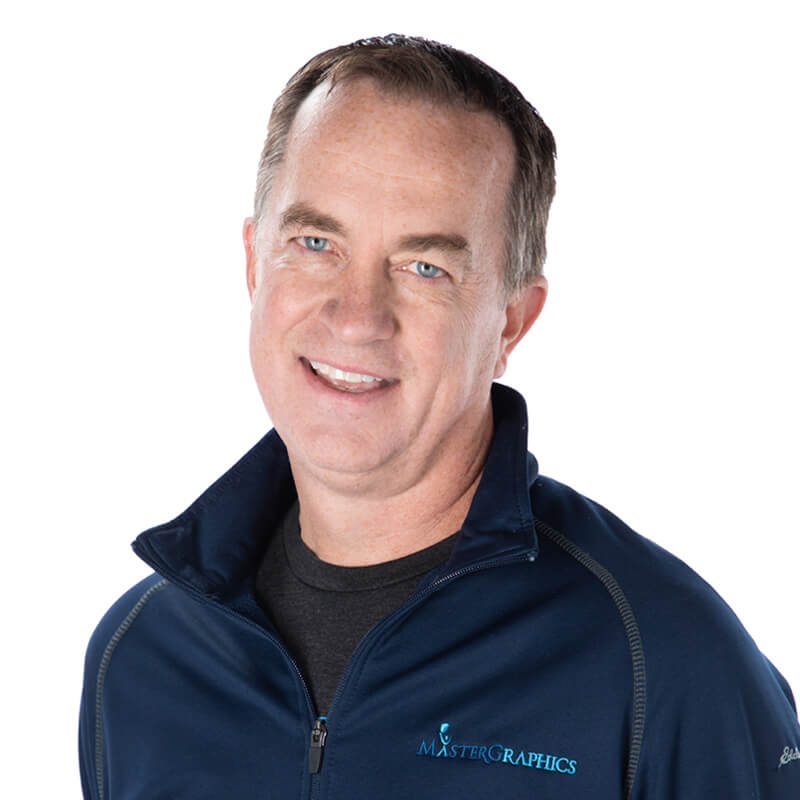
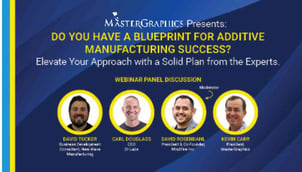
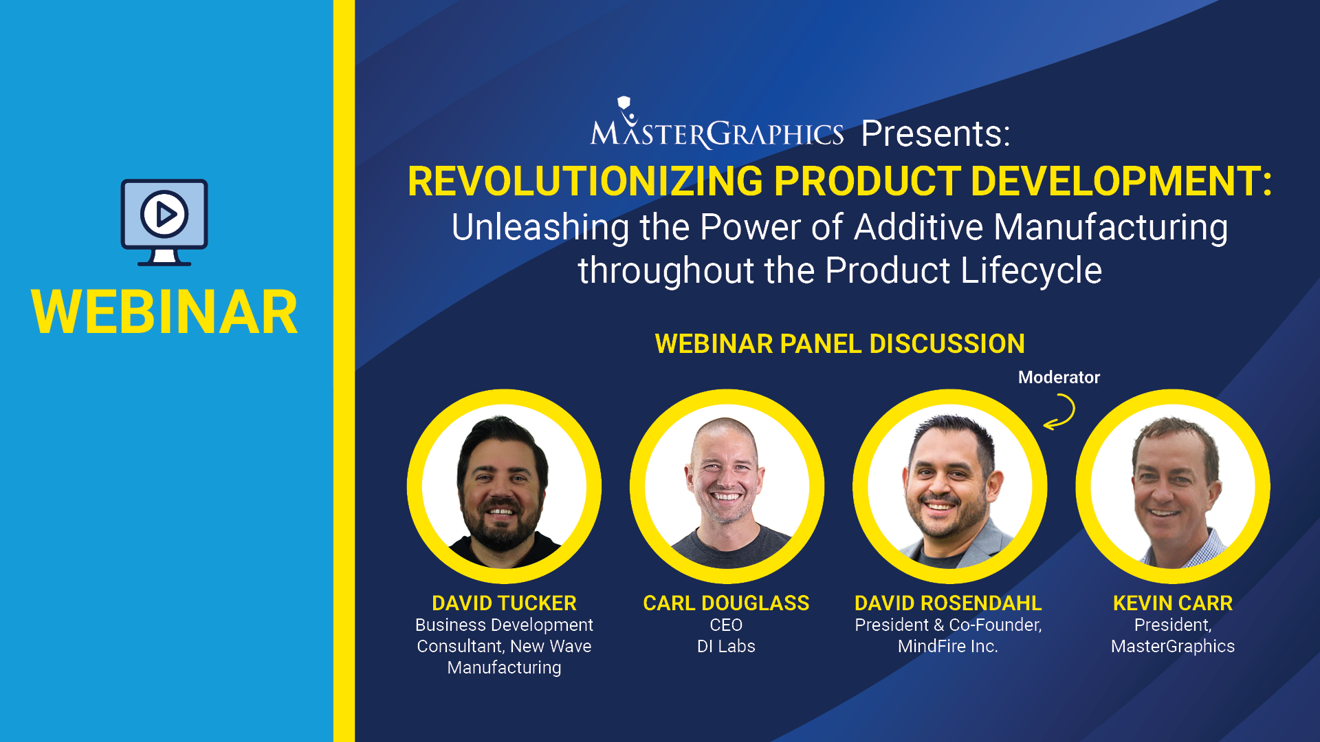
.png?width=1280&height=400&name=MG%20Webinar%20%232%20-%20Zoom%20Banner%20(1).png)




